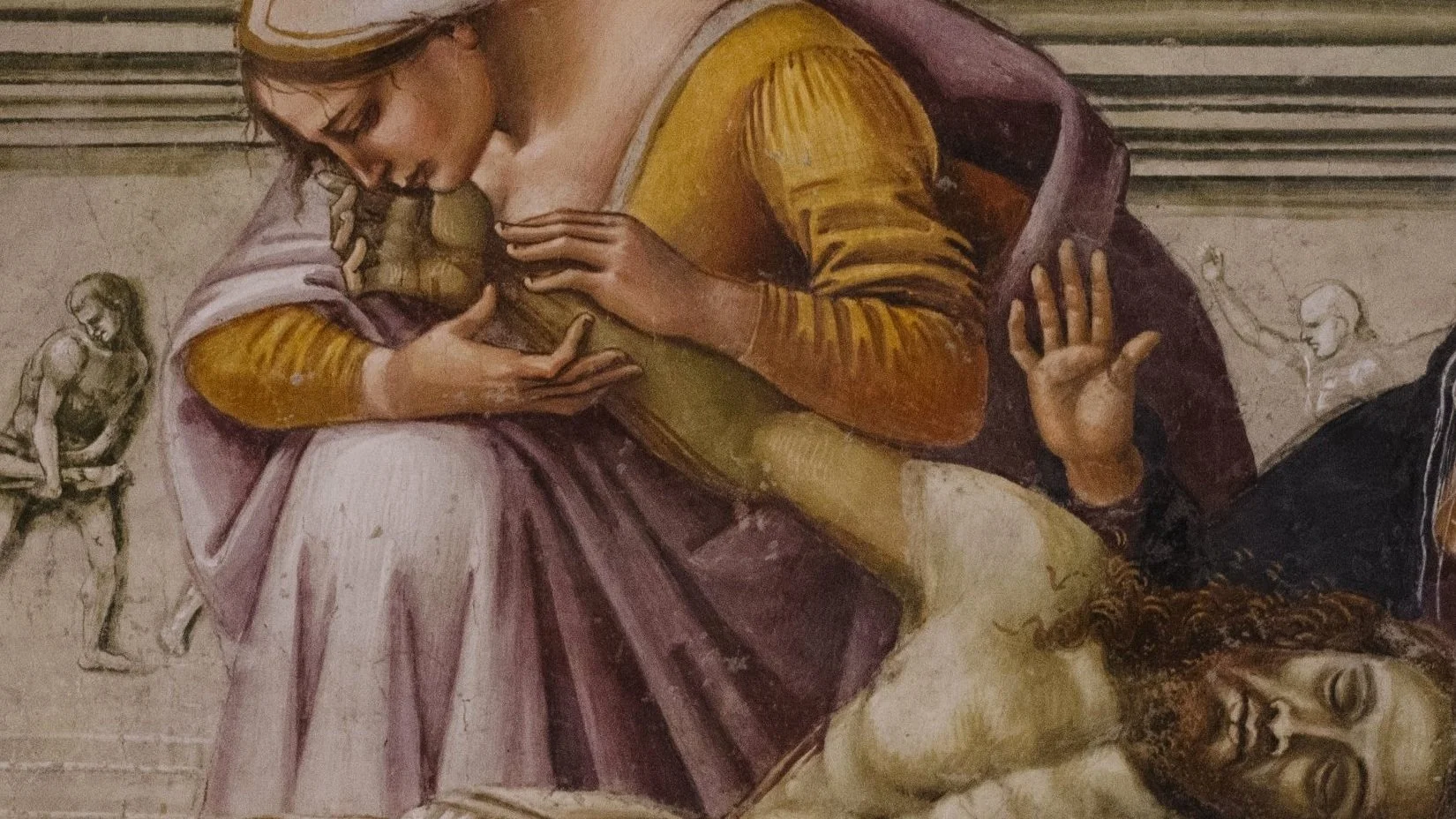Ekphrasis in Orvieto
For over twenty years, the program has featured a course on the writing of ekphrastic poetry—poetry that takes as its subject works of art. In our Italian settings, where art is to be encountered nearly everywhere, and where matters of translation are a daily concern, attending to how visual signs may translate into verbal ones takes on particular relevance.
Most semesters, students have written and revised a couple handfuls of poems, bringing their own language to artworks both famous and pedestrian, and to structures, facades, locales and vistas with which they’ve grown familiar—all of which they further engage through prolonged attention and a deliberate pen.
Something like three hundred times, our writers have listened for language before an image or scene, and then adapted a host of sturdy strategies whereby the verbal confronts the visual. In so doing, they’ve added to a body of work which asks and begins to answer some age-old questions: Are these arts sisters? Rivals? Can description amount to depiction? What good or ill may the word do in the silent realm of the image?
Each instructor found ways to bring the poetry of the semester from the page to voice. We print small books, organize recitations and integrate poetry with liturgy. Over the years we’ve sometimes found that, besides exercising the eye and the tongue, this ekphrastic program can call for an instructive humility, and may present a pattern for prayer.


